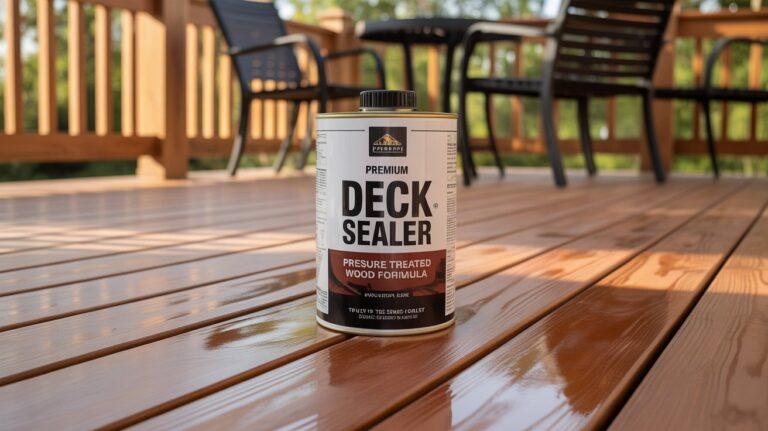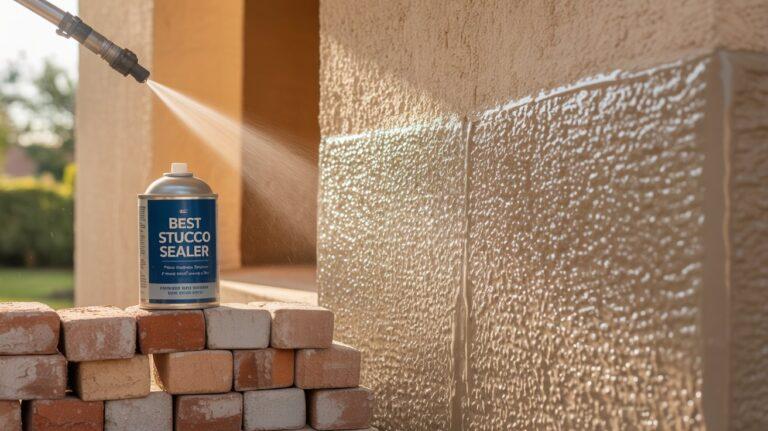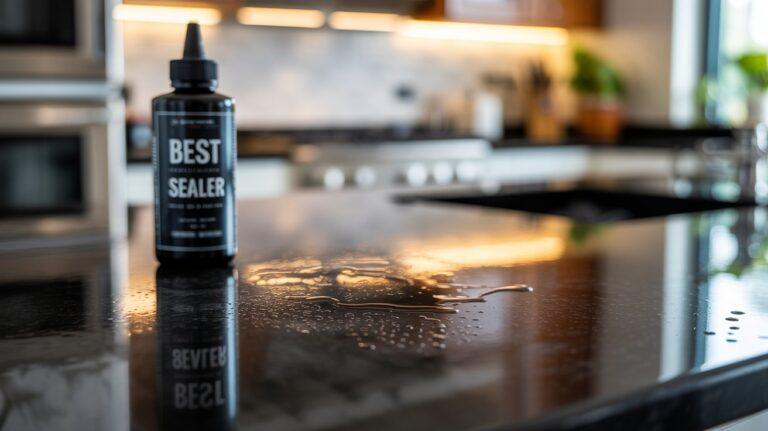3 Best Thread Sealant for Hydraulic Fittings You Can’t Miss
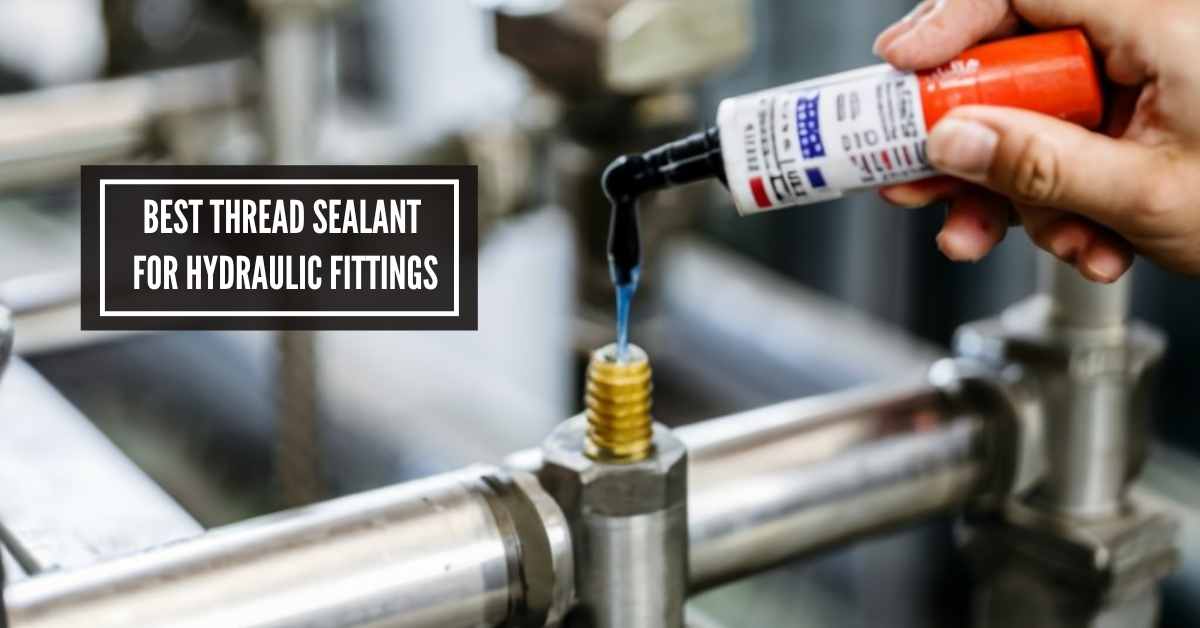
The best thread sealant for hydraulic fittings is PTFE tape or liquid anaerobic compounds. These sealants are widely recommended for their effectiveness.
Securing hydraulic fittings requires sealants that can withstand high pressures and prevent leaks. PTFE tape, commonly known as plumber’s or Teflon tape, is a popular choice due to its chemical resistance and ease of use. It creates a reliable seal without hardening, permitting easy adjustments if necessary.
For more demanding applications, liquid anaerobic sealants are preferred. They cure in the absence of air when sandwiched between metal surfaces, forming a solid seal that resists vibrations. Professionals often choose these for their durability and strong locking characteristics. Choosing the correct thread sealant is crucial for maintaining the integrity of hydraulic systems and preventing costly downtime due to leaks or failed connections.
Surprising Facts About Hydraulic Fittings and Thread Sealants You Weren’t Told
Welcome to a deep dive into the world of hydraulic fittings and thread sealants. Here, robust connections and leak-free performance are paramount. Every professional and DIY enthusiast will discover the secrets to maintaining hydraulic systems at their peak.
Definition And Importance Of Hydraulic Fittings
Hydraulic fittings join components in hydraulic systems. They’re crucial for creating a tight seal between hoses and pipes, which ensures the system operates effectively. With the right fittings, hydraulic systems deliver power smoothly and efficiently.
Understanding Thread Sealants In Hydraulic Systems
Thread sealants come into play to prevent leaks in hydraulic systems. Thread sealant is a pliable material applied to the threads of fittings before connection. It fills gaps, ensuring no fluid escapes. This is the backbone of a hydraulic system’s integrity.
Criteria For Selecting The Best Thread Sealant
Choosing the best thread sealant is vital. Here’s what to consider:
- Material Compatibility: The sealant must not corrode or react with the hydraulic system’s materials.
- Pressure Rating: It should withstand the system’s maximum pressure without failing.
- Temperature Tolerance: Operating temperatures shouldn’t degrade the sealant.
- Fluid Resistance: Resistance to hydraulic fluid is necessary for longevity.
- Cure Time: It should set in a reasonable time frame for your needs.
- Ease of Application: The sealant should be simple to apply and require minimal tools.
Types Of Thread Sealants Suitable For Hydraulic Fittings
Choosing the right thread sealant for hydraulic fittings is vital. It prevents leaks and ensures a strong seal. Different types fit different needs. Let’s explore the types suitable for hydraulic systems.
Ptfe Tapes: Pros And Cons
Polytetrafluoroethylene (PTFE) tape is a popular choice for sealing threads. It’s thin and wraps easily around threads, creating a watertight seal.
- Pros:
- Easy to apply
- Resists chemicals
- Works with a range of temperatures
- Cons:
- Less durable than other sealants
- Can shred if misapplied, risking contamination
Anaerobic Resin Compounds: When To Use Them
Anaerobic resin compounds harden in the absence of air. They are perfect for metal-to-metal applications.
- Use when:
- Permanent sealing is required
- Fitting sizes are larger
- High pressure must be sustained
Paste Sealants: Application And Effectiveness
Paste sealants come in a thick form. They fill gaps between threads.
Effective for:
- Irregular fittings
- Quick repairs
- Multiple material types
Hybrid Sealants: Combining The Best Of Both Worlds
Hybrid sealants mix benefits of different types. This ensures a versatile and strong seal. They are used in varied apps and conditions.
- Pros:
- Flexible applications
- Durable in various environments
Comparative Analysis Of Thread Sealant Options
Understanding the best thread sealant for hydraulic fittings is critical for optimum performance and durability. Each application may require a different type of sealant based on pressure, temperature, and chemical exposure. We dive into a comparative analysis to help you make an informed decision.
Performance Under Pressure: Which Sealants Hold Up?
High-pressure systems demand robust sealants. PTFE tapes often struggle under intense pressure, whereas anaerobic thread lockers excel here. For dynamic applications, selecting a sealant that prevents leaks despite pressure fluctuations is key.
Temperature Resistance: Matching Sealant To Operating Conditions
Not all sealants can handle extreme temperatures. Silicone-based solutions resist high heat, while PTFE-based selections cater to a wide temperature range. Check the temperature specifications to ensure longevity of your hydraulic system.
Chemical Compatibility: Avoiding Corrosion And Degradation
Corrosion can destroy fittings. Chemical compatibility is therefore crucial. Research the material safety data sheets (MSDS) of sealants to guarantee they won’t react negatively with your system’s fluids or cause degradation.
Ease Of Use And Installation: User-friendly Options
Easy-to-apply sealants save time and reduce errors. Options like liquid sealants offer user-friendly application. They are generally cleaner and more precise than tapes. Consider the application process to enhance your workflow.
Installation Tips For Effective Sealing
Ensuring a leak-free hydraulic system hinges on the proper application of thread sealant. Tight, secure fittings are critical in maintaining efficient operations. Dive into these expert tips for an optimal seal.
Preparing Hydraulic Fittings For Sealant Application
Clean fittings are a must for sealants to adhere. Follow these steps:
- Remove old sealant from threads with a wire brush.
- Wipe surfaces clean with a solvent-soaked rag.
- Dry thoroughly before applying new sealant.
Step-by-step Guide To Applying Thread Sealant
Applying thread sealant can be easy:
- Choose the right sealant for the job.
- Apply a small amount to the male fitting.
- Spread evenly across all threads.
- Join the fittings within the sealant’s working time.
- Tighten to manufacturers’ specifications.
Common Mistakes To Avoid During Sealant Application
Common application errors can lead to leaks:
- Overapplication can cause clogs.
- Under-tightening leads to poor seals.
- Ignoring cure time can cause early fitting failure.
Maintenance And Inspection Of Sealed Fittings
Regular checks keep systems running smoothly:
- Inspect for leaks routinely.
- Clean external fittings for clear viewing.
- Retighten or reapply sealant if necessary.

Top Recommended Thread Sealants For Hydraulic Fittings
Ensuring hydraulic fittings are properly sealed is vital to system efficiency. The right thread sealant keeps fluids in and contaminants out. Let’s explore the top sealants on the market.
Product Reviews: Top Market Contenders
When it comes to hydraulic fittings, quality sealants are a must. Various products promise peak performance and long-lasting seals. Here’s a breakdown:
- Loctite 567: High pressure, withstanding up to 10,000 psi.
- PTFE Tape: Versatile and easy-to-use.
- RectorSeal No. 5: Works on various materials, flexible use.
Expert Opinions And Industry Recommendations
Experts rave about particular brands. Many recommend Loctite for its strength. PTFE tape gets points for versatility. Mechanics often choose RectorSeal for its reliability.
Cost-benefit Analysis Of Popular Brands
Each brand offers unique benefits. Cost does not always imply quality.
| Brand | Cost | Longevity |
|---|---|---|
| Loctite | Higher | Long-term |
| PTFE Tape | Lower | Short-term |
| RectorSeal | Medium | Mid-term |
Availability And Sourcing: Finding The Right Sealant
Locating the perfect sealant can be effortless. Most hardware stores stock these brands. Check online retailers for reviews and deals.
Best Practices for Hydraulic Fittings and Thread Sealants – What the Experts Don’t Share
As we wind up our discussion on the best thread sealant for hydraulic fittings, let’s emphasize the essential takeaways. Using the right sealant ensures a leak-proof system and smooth operations. Now, let’s recap the key factors, discuss maintenance best practices, peer into future sealant technologies, and balance cost against performance.
Recap Of Key Considerations For Choosing Thread Sealant
Several factors determine the ideal thread sealant for hydraulic fittings.
- Compatibility with fluids in the system is crucial.
- Pressure and temperature resistance should match system requirements.
- Application ease and cure time impact productivity.
- Longevity and reliability prevent frequent maintenance.
Implementing Best Practices In Hydraulic Fitting Maintenance
Maintenance best practices extend the life of hydraulic systems.
- Regularly inspect for signs of sealant degradation.
- Clean and prepare surfaces before applying a new sealant.
- Apply the correct amount; too much or too little can cause issues.
- Tighten fittings to spec to ensure a perfect seal.
Future Trends In Thread Sealant Technology
Innovation in thread sealants is ongoing.
Expect advancements to enhance hydraulic fitting performance.
Environmentally friendly formulas and increased durability are on the horizon.
Final Thoughts: Balancing Performance And Cost
Selecting a thread sealant is about striking a balance.
Opt for a product that provides high performance without breaking the bank.
Consider long-term savings from fewer leaks and repairs over upfront costs.
My Top Recommendations for the Best Thread Sealants for Hydraulic Fittings
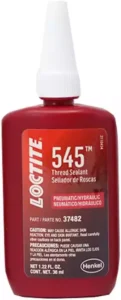
Loctite 545: Revolutionizing Hydraulic and Pneumatic Systems
When it comes to securing high-pressure systems, the choice of sealant can make all the difference. Loctite 545 Pneumatic/Hydraulic Pipe Thread Sealant stands out as a superior solution, offering unmatched reliability and efficiency for hydraulic and pneumatic applications.
Optimized for High-Pressure and Fine-Threaded Fittings
Specifically designed for fine-threaded fittings commonly found in hydraulic systems, Loctite 545 excels under high pressure. Its unique, high-lubricity formulation ensures a secure seal, minimizing the risk of leaks even under extreme conditions. This makes it particularly suitable for critical applications like hydraulic line fittings, brake systems, transmission fluid fittings, and power take-off (PTO) fittings.
Clean and Reliable Formula
What sets Loctite 545 apart is its filler-free composition. This is crucial in hydraulic systems where the purity of fluid is essential. The absence of fillers means there’s no risk of system contamination, which could otherwise lead to fouled valves or clogged fine filters and screens. This clean formula is a significant advantage for maintaining the integrity and longevity of hydraulic systems.
Ease of Use and Disassembly
Despite its strong sealing capabilities, Loctite 545 is engineered for controlled locking strength. This allows for easy disassembly of parts, a vital feature for regular maintenance and repairs. It works effectively on “as received” fasteners, simplifying the application process and reducing downtime.
Proven Track Record and Professional Endorsement
With a stellar rating of 4.7 out of 5 stars from over 750 reviews, Loctite 545’s effectiveness is well-documented. Its popularity in the industrial sector is reflected in its sales, with over 400 purchases in the past month alone. Priced competitively at $20.49 per fluid ounce, this 36 ml bottle offers exceptional value, especially considering its OEM-specified status, which underscores its adoption and trust by auto manufacturers and professionals.
Loctite 545 is not just a thread sealant; it’s a testament to Loctite’s commitment to innovation and quality. Whether in a professional setting or a DIY project, its application ensures a secure, leak-proof, and maintenance-friendly hydraulic system. Loctite 545 is the definitive choice for professionals seeking performance, reliability, and value.
Frequently Asked Questions
Should You Use Thread Sealant On Hydraulic Fittings?
Yes, using thread sealant on hydraulic fittings can prevent leaks and ensure a secure connection. Always choose a sealant compatible with the hydraulic fluid and system pressure.
What Thread Sealant For High Pressure Hydraulics?
For high-pressure hydraulics, use a high-strength anaerobic thread sealant designed for hydraulic systems. Opt for sealants rated for the system’s pressure levels to ensure leak-proof connections.
Can You Use Loctite On Hydraulic Fittings?
Yes, Loctite can be used on hydraulic fittings to prevent leaks and ensure a secure seal. Always choose a Loctite product suitable for hydraulic systems.
What Is The Best High Pressure Thread Sealant?
The best high pressure thread sealant often depends on application, but Teflon (PTFE) tape and anaerobic thread sealants like Loctite 567 are highly regarded for their sealing performance and durability under high-pressure conditions.
What Are Thread Sealants For Hydraulic Fittings?
Thread sealants create leak-proof seals between threaded hydraulic fittings, securing connections and preventing fluid escape.
Conclusion
Selecting the right thread sealant is pivotal for maintaining leak-free hydraulic systems. Consider chemical compatibility, pressure ratings, and ease of application when making your choice. The right sealant ensures long-term performance and safety, saving time and resources. Choose wisely for optimal results in your hydraulic projects.

I am Robert Sandin, a professional sealing expert with a diverse range of expertise. From concrete to various other materials, I possess in-depth knowledge and experience in the art of sealing. On my website, I offer valuable tips and expert recommendations on sealing techniques and products for different materials. Whether it’s concrete, wood, metal, or more, I am committed to providing you with the guidance you need for successful sealing projects.




